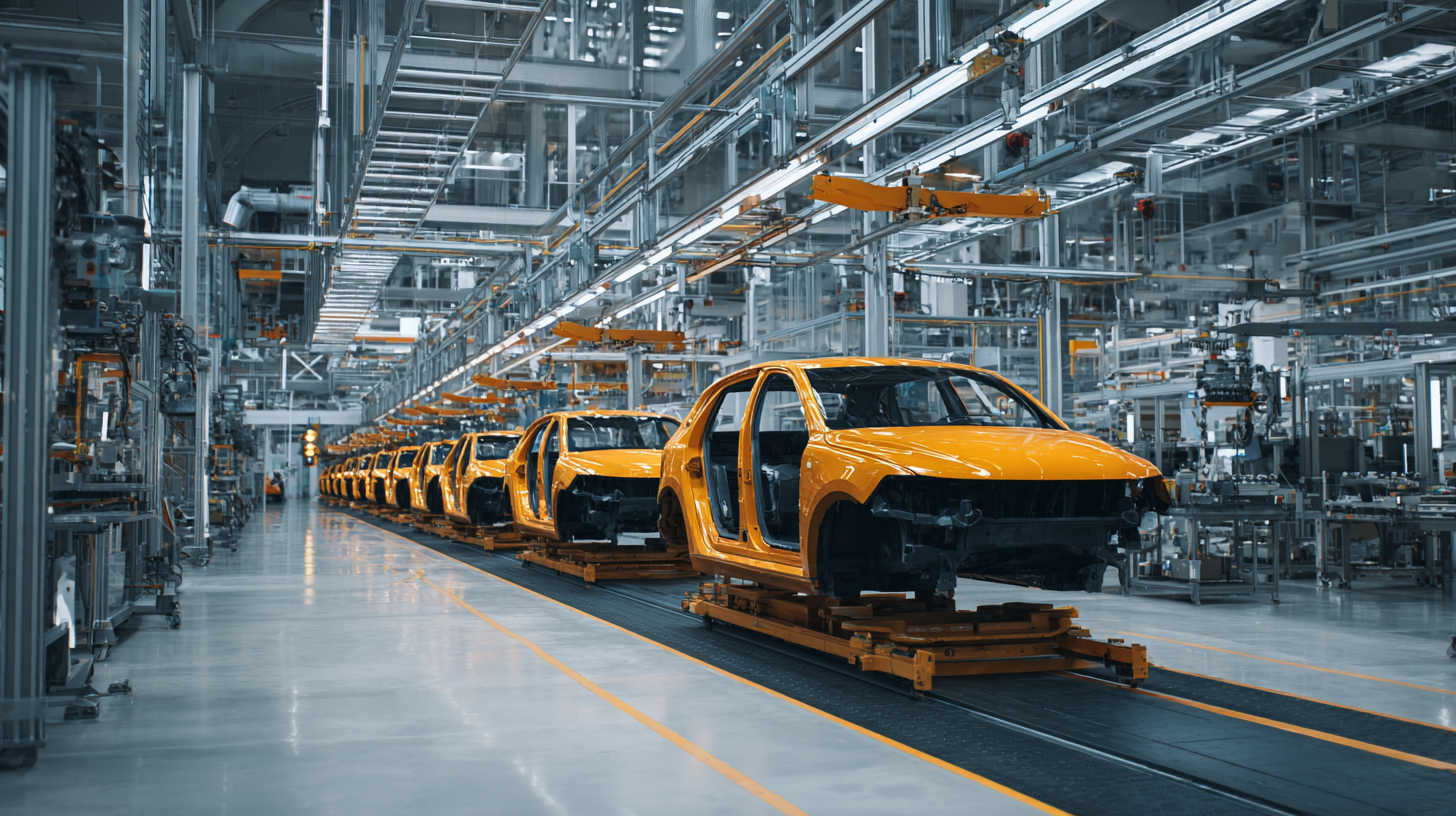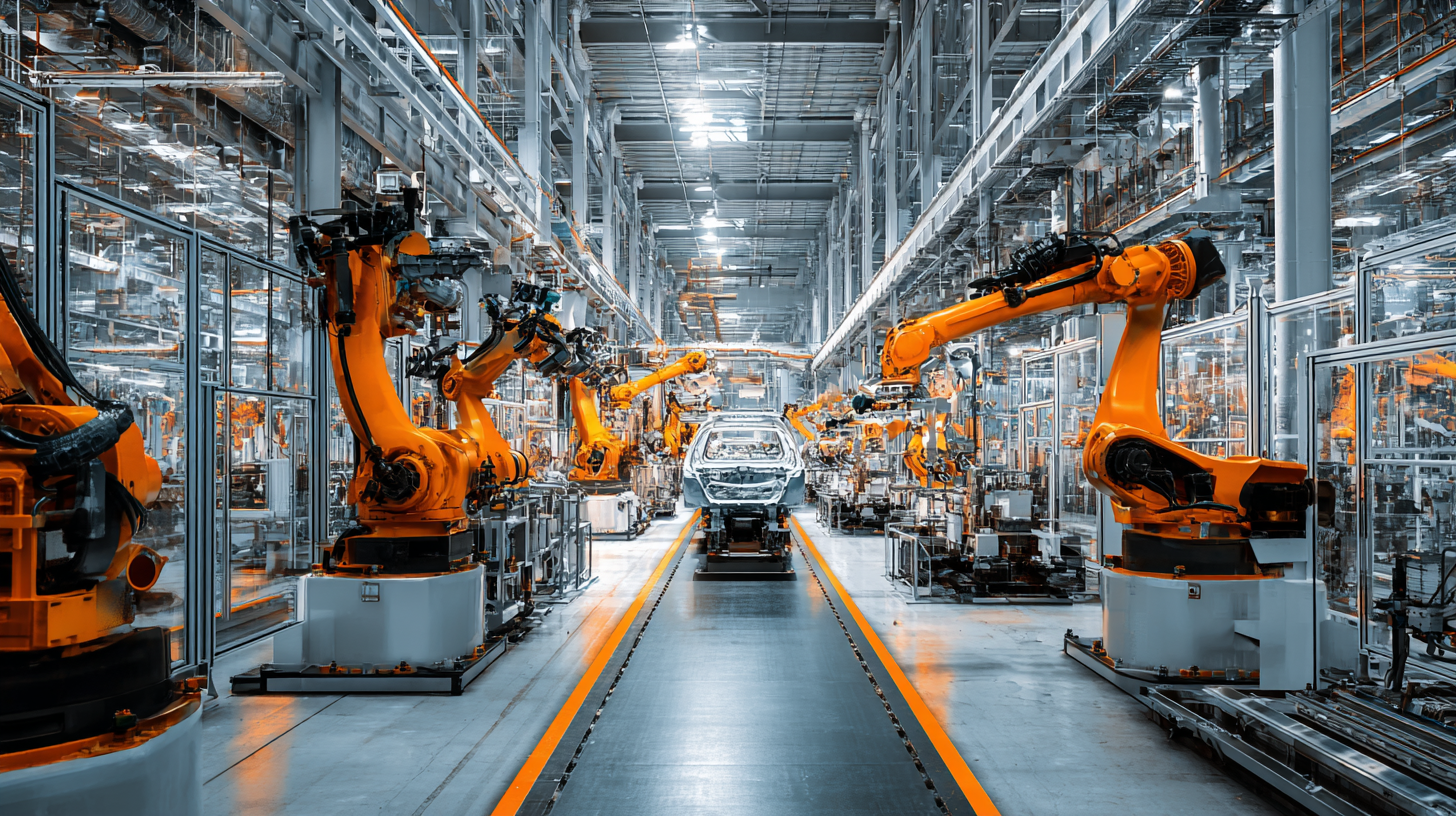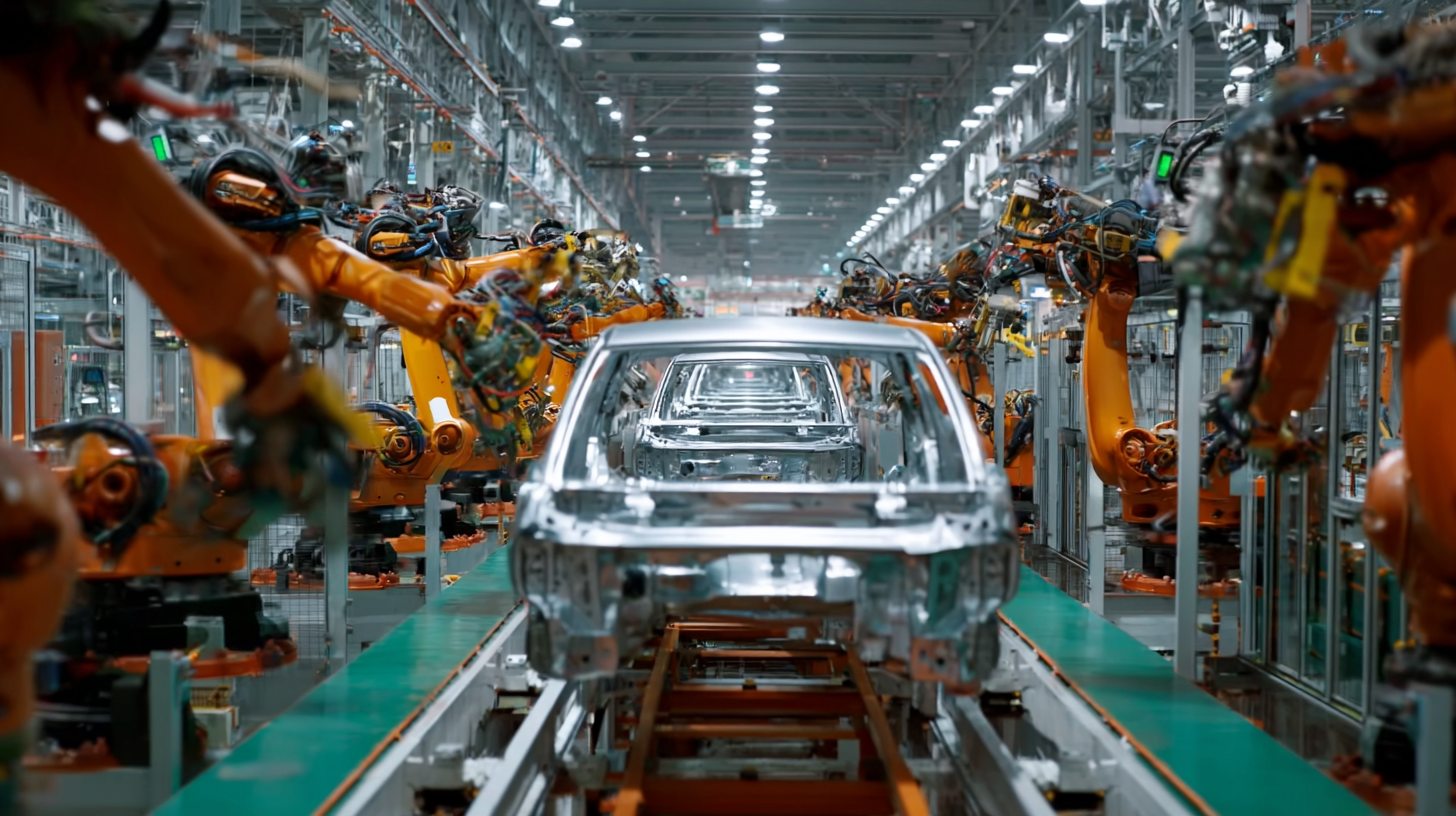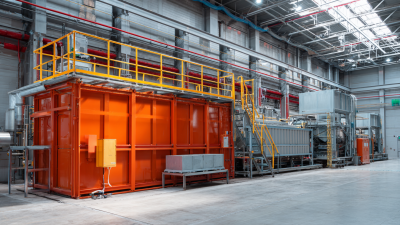In today’s fast-changing world of manufacturing, incorporating Automated Production Lines has become a real game-changer when it comes to boosting efficiency and precision. I recently came across a report by McKinsey & Company — and it’s pretty eye-opening — it said that automating your production can cut costs by up to 30%, all while ramping up both output and quality.

As the industry faces increasing pressure to adopt more sustainable practices, companies like APEX are leading the way. They specialize in cutting-edge sludge drying and conveying equipment, along with tough wastewater treatment solutions. Their products have really made a splash—not just in China but around the world—showing that customers really trust and value what they offer.
In this blog, I want to dig into how Automated Production Lines are totally transforming manufacturing, and how innovative companies like APEX are stepping up to tackle economic and environmental challenges in this pretty dynamic era.
You know, the way automated production lines have evolved in manufacturing really changed the game. They’ve boosted efficiency and cut down costs quite a bit. For example, a report from the International Federation of Robotics (IFR) says that by 2025, the global number of industrial robots is expected to hit around 4 million — that’s a big jump from the 2.7 million we saw in 2020. This kind of growth shows how much companies are investing in automation tech. It’s not just about getting more products out faster; it’s also helping deal with labor shortages in lots of industries.
As manufacturers start adopting these smarter systems, they’re probably going to see some pretty awesome benefits — like more precise work and quicker turnaround times. Deloitte did a study and found that companies using automated lines typically see a 20 to 25% boost in efficiency. But, honestly, bringing automation into the mix isn’t just plug-and-play; it takes some careful planning to avoid the usual pitfalls.
**Tip 1:** Make sure to invest in training your team. People need the right skills to operate and maintain these new systems without headaches.
**Tip 2:** Don't try to automate everything all at once. It’s better to start small—maybe automate a specific process first—and then expand as you go. That way, you can spot problems early and see benefits accumulate gradually.
By staying ahead of these changes and following some best practices, manufacturers can really position themselves well to succeed in this increasingly automated world.
This chart illustrates the evolution of the percentage of manufacturing processes that are automated from 2010 to 2023. It highlights the increasing trend towards automation in the manufacturing sector, showcasing the growth in efficiency and productivity gains.
So, when you think about modern manufacturing these days, automating production lines really does bring a bunch of serious benefits that make everything run much smoother. One of the biggest pluses? Speed. Machines can keep running non-stop without getting tired, which means products come off the line so much faster. That’s a game-changer, especially with how quickly customer demand is growing. It also helps companies stay competitive because they can keep up with, or even stay ahead of, the curve.
Another pretty awesome perk? The fact that automation leads to way better precision and consistency. When you’ve got machines doing the work, there’s less room for human error or random variations, so the quality of what’s produced stays high. This is especially important in industries like automotive or electronics, where even tiny mistakes can cause big problems later on. Plus, with advanced tech like AI and machine learning, manufacturers can analyze data on the spot, tweak processes on the fly, and even predict maintenance needs before things break down. All of this just means smarter, more efficient production overall—and fewer costly downtimes.
You know, automated production lines really turned things around in manufacturing. They've boosted efficiency like crazy and also brought down operational costs. I read somewhere—probably from McKinsey—that companies jumping on the automation bandwagon can see their productivity jump by around 20 to 30 percent. And honestly, a big reason for that is machines can just keep running nonstop, unlike humans, which means less downtime and faster cycles overall.

Plus, there's this study from PwC that points out automation can slash costs by up to 40%, especially in industries where labor is a big expense. What’s cool is that when machines handle those repetitive tasks, workers get to focus on stuff that really matters—like quality checks or coming up with new ideas—which keeps businesses competitive.
Also, the World Economic Forum mentioned that automation might help manufacturers cut their total operational costs by about 10 to 20%. So, it’s not just some passing trend; investing in automation seems like a smart move for real, long-term gains in profits and staying ahead in the game.
Automated production lines have really become a big deal in modern manufacturing—it's like they’ve totally changed how companies get things done. Looking at some top-notch examples, you can see some pretty impressive wins. Take a famous car company, for instance. They rolled out an automated assembly line that not only sped things up but also cut down on mistakes made by humans. In just the first year, they saw their output jump by about 30%. That’s a solid reminder of how automation can make processes smoother, cut down on downtime, and actually improve the quality of the final product.
Then, there’s the electronics side of things. One of the big tech giants decided to bring robotics into their manufacturing process. The result? They could assemble components with greater precision and at a quicker pace, so they kept up with the ever-growing demand from customers—without sacrificing quality. Plus, using smart robotics gave them more flexibility in planning production, making it easier to adapt when the market shifted. All these stories show a pretty clear point: companies that jump into automated production lines not only stay competitive, they also open the door to innovation and growth in this fast-changing manufacturing world.
| Company Type | Industry | Automation Level | Initial Investment ($) | ROI (%) | Production Increase (%) | Employee Impact |
|---|---|---|---|---|---|---|
| Manufacturing | Electronics | High | 5,000,000 | 150 | 25 | Reskilling Initiatives |
| Automotive | Automobile | Medium | 10,000,000 | 130 | 20 | Job Reductions |
| Pharmaceutical | Health Care | High | 7,500,000 | 160 | 30 | Upskilling Required |
| Consumer Goods | Food & Beverage | Medium | 8,000,000 | 140 | 15 | Enhanced Productivity |
| Technology | Software Development | Low | 2,000,000 | 120 | 10 | Increased Efficiency |
Switching over to automated manufacturing isn’t just a simple tech upgrade — it brings a whole bunch of challenges and things to think about, especially for companies diving into Industry 5.0. Sure, automation promises to boost productivity and give them an edge over competitors, but it’s not as straightforward as flipping a switch. You’ve gotta have a solid plan in place to make sure that as you innovate, sustainability and inclusivity stay front and center. It’s not just about the tech; it’s also about the people behind it. Robots and AI can shake things up — sometimes even risk jobs — but they also create new roles that need more advanced skills, which honestly changes the whole job scene.
On top of that, as more manufacturers go digital, training up workers becomes more important than ever. Successfully making the switch depends on building a team that’s comfortable with these new tools, like the Industrial Internet of Things (IIoT). And let’s not forget, there are ethical questions too — making sure the benefits of automation are spread out fairly and that we’re operating sustainably. If companies face these challenges head-on, they can not only improve how they run things but also develop a workforce that’s resilient, adaptable, and ready for whatever’s next.

: The global stock of industrial robots is expected to reach 4 million units by 2025, up from 2.7 million units recorded in 2020.
Companies utilizing automated production lines can experience improvements in operational efficiency ranging from 20 to 25%.
Benefits include increased precision, faster turnaround times, and significant improvements in operational efficiency.
It is recommended to start small by automating specific processes before scaling up, which allows for the identification of issues and gradual realization of benefits.
Automation can lead to a reduction in costs by up to 40% in labor-intensive industries.
When repetitive tasks are automated, the workforce can focus on value-added activities such as quality control and innovation.
Automation allows machines to operate continuously, significantly reducing downtime and enabling faster production cycles.
One example is a renowned automotive manufacturer that adopted an automated assembly line, resulting in a 30% increase in output within the first year due to accelerated production speed and minimized human error.
Advanced robotics allow for greater flexibility in production planning, enabling companies to swiftly adjust to market changes.
Investment in automated technologies is considered strategic because it leads to long-term profitability and sustainability in a competitive market.
So, I recently read this blog called "Understanding the Impact of Automated Production Lines on Modern Manufacturing," and honestly, it was pretty eye-opening. It walks you through how automated production has really transformed the manufacturing world over the years. The article points out some big perks—stuff like ramped-up efficiency and really noticeable cost cuts. It’s not just theory either; there are some solid industry stats showing how these advances are making operations smoother. Plus, they share stories from top companies that successfully jumped on the automation bandwagon, gaining a real competitive edge.
That said, it’s not all smooth sailing. Moving to automated lines does come with its own set of challenges, like making sure workers get the right training and figuring out how to integrate all the new tech without a headache. A good example is APEX Company—they’re offering some pretty advanced sludge drying and conveying equipment tailored for today’s manufacturing needs, which helps make the whole production process more efficient worldwide. Overall, it’s a mix of exciting opportunities and practical hurdles, but the future of automation looks pretty promising.






